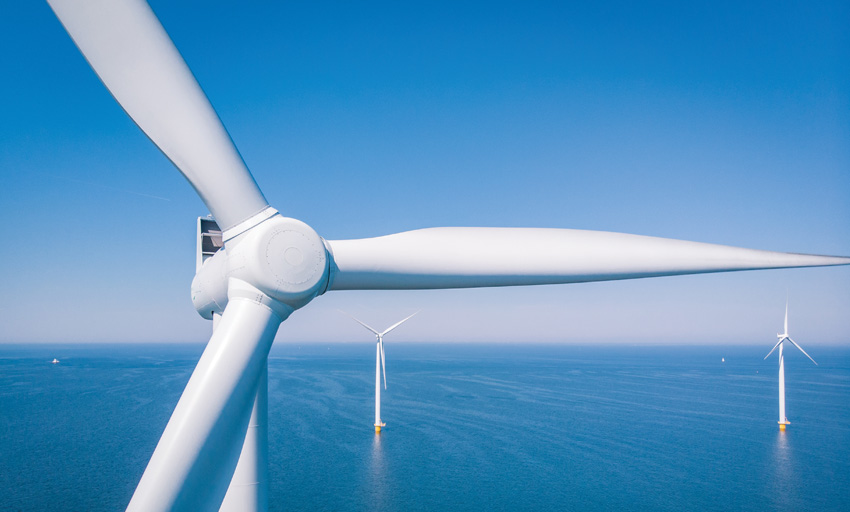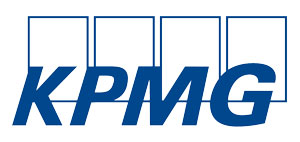M&A activity in offshore wind expected in the years to come

Ireland is positioned as one of the most interesting jurisdictions to watch, from an offshore wind mergers and acquisitions (M&A) perspective, for the years ahead.
Ireland has experienced high levels of M&A activity in the renewable energy sector over the last five years which has largely been dominated by onshore wind and solar PV transactions as investors and developers develop, buy, and sell the assets required to achieve Ireland’s renewable electricity targets set out in the Climate Action Plan.
Traditionally, offshore wind assets experienced very little M&A activity due to the nascent stage of the sector. However, recent positive steps by the Government to help stimulate development activity in the sector, including the introduction of the Maritime Area Consent (MAC) process, has led to an increase in M&A activity in 2022, and is a trend which we expect will continue in the years ahead as the offshore wind sector consolidates around a few key developer partnerships.
Offshore wind landscape
The offshore wind landscape is largely focused on two categories of projects: ‘relevant projects’ and Phase 2 projects.
In 2022, the Government announced seven offshore wind projects that would qualify as ‘relevant projects’, meaning these projects would be entitled to receive a ‘planning interest’ under the new Maritime Planning and Development Management Bill, when enacted. This is essentially a fast track through planning which is a key development milestone in the offshore wind sector. These projects were selected based on the length of time their developers have been pursuing them and the amount of work invested in them to bring them to a substantially advanced stage.
Prior to 2022, M&A activity has been largely focused on the ‘relevant projects’ including; EDF acquiring 50 per cent in Codling Bank project from Hazel Shore and ESB acquiring a stake in Oriel Wind Farm from Parkwind.
In 2022 we saw a new wave of M&A activity predominantly focused on Phase 2 projects, primarily driven by the introduction of the new MAC process. We expect this to be a trend that will continue throughout 2023.
Maritime Area Consent
A MAC is the right to exclusive use of a maritime area and is a pre-requisite for seeking development planning permission. In early 2022, the Government published a set of two key criteria for projects to receive a MAC; a financial capability assessment and technical capability assessment.
This resulted in a flurry of M&A activity in 2022, as Phase 2 developers took the view that Phase 2 projects would likely be assessed on similar criteria. Whilst many developers would meet the financial capability criteria, the vast majority would struggle to meet the technical criteria. The technical criteria required developers to have experience in developing, constructing and operating offshore wind projects, among other criteria.
Many Phase 2 developers determined that identifying a joint venture partner that has a strong balance sheet and international offshore track record would be important in increasing their chances of securing a MAC. An example of co-development partnerships announced in 2022 included Bord na Móna partnering with Ocean Winds, and Statkraft partnering with Copenhagen Infrastructure Partners which was to develop 2.2GW of offshore wind in Ireland including the ‘relevant project’ North Ireland Sea Array or NISA.
There have been some examples of international players entering into joint ventures in Ireland and subsequently quickly exiting the market. This has resulted in Phase 2 developers focusing on selecting a partner that not only meets the MAC criteria, but also a partner than can demonstrate long-term commitment to the Irish market. Additionally, a differentiating factor between partners is the ability for to offer other strategic advantages, such as differentiated options on route to market and expertise in alternative technologies such as hydrogen.

“Whilst many developers would meet the financial capability criteria, the vast majority would struggle to meet the technical criteria.”
The first subsidy auction for offshore wind (ORESS) is expected later this year. Developers and investors are eagerly anticipating the Government announcement for the Phase 2 MAC criteria and process which is expected to be announced in 2023. This should give comfort to developers and international investors that Ireland is committed to the offshore wind sector.
Offshore wind M&A outlook
The United Kingdom market is a useful indicator of what the next decade holds for Ireland’s offshore wind sector from an M&A perspective. Almost all projects in the UK in mid to late-stage development now have multiple shareholders. This provides respective shareholders with the opportunity to de-risk from a capital perspective given the significant requirements involved in the development and construction of projects, as well as providing the benefit of shared expertise.
The Irish market will likely follow a similar pattern. Post the MAC milestone, a number of parties may look to merge neighbouring sites or swap assets across different areas of the coast to increase the likelihood of delivering some successful projects. As the ‘relevant projects’ continue to progress, they may also bring in additional partners as capital requirements increase, as well as divesting part of their shareholding where they see opportunities to realise value at key development milestones. It positions Ireland as one of the most interesting jurisdictions to watch from an offshore wind M&A perspective in the years to come.
For further information please contact:
Russell Smyth
Partner, KPMG Corporate Finance
E: russell.smyth@kpmg.ie
James Delahunt
Partner, KPMG Corporate Finance
E: james.delahunt@kpmg.ie






